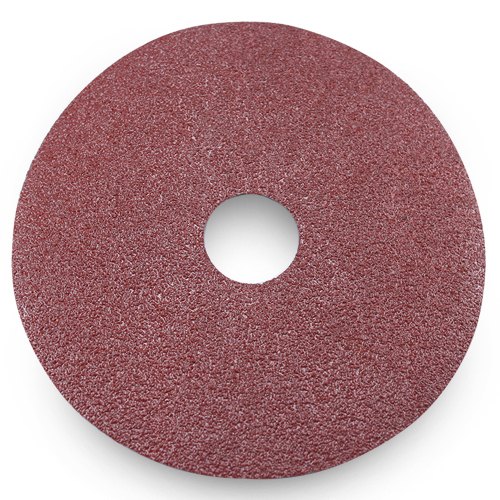How To Pick The Perfect Sanding Disc For Auto Work
May 10, 2022 00:36
Our vehicle’s body surface is quite vulnerable given that it is subjected to a lot of external atrocities. There are a lot of ways that the vehicle's body can get damaged. However, the primary reason is minor collisions that happen on highways with other vehicles or with road structures.

Moreover, the gravels and rocks that brush against the surface also rip off the bodywork. In any case, body damage requires extensive auto work, which starts with sanding the surface. In this article, we will talk about picking out the perfect sanding disc for auto work.
What grit to choose?
Before buying a sanding disc, you must determine the grit you want to use. Typically, the sanding disc grit ranges from 40 to 4000 and beyond. Practically, it means that the lower the number, the coarser the sanding disc.
The principle you need to follow here is that start low and work your way up. You need to find the sanding disc with the lowest grit that will get the job done. Starting with aggressive sandpapers can leave deep scratches all over the body, which will require more work to fix.
All about lower grit sanding discs
Lower grit sanding discs are in the range below 400. Lower grits are used in cases when uneven or rougher areas need to be flattened out. This is ideal for bodies that have received multiple paint jobs, and the surfaces have become uneven and patchy. When deeper scars or rust are present on the body, sanding discs with grit in the range of 60-80 is ideal.
When scratches are not as severe or when only a few rust spots are present, a sanding grit of 120 will do the task. If you are looking to even out slightly rougher edges from body filler, use a sanding grit of 220. Now, go higher than this to 320 if you only want to feather down the edges so you could send the body for primer work.
All about medium grit sanding discs
Medium grit sanding discs lie in the range of 400-600. These are ideal for basic touchups before a body is sent for base coat application. It’s still an aggressive grit, but it is fine enough to even out the rough areas without sacrificing the surface.
600 grit can be used to provide the final touch after the primer has been applied. 800 grit sanding disc is ideal when you want to provide a finishing touch to the primer before sending it for paintwork.
High-grit sanding disc
High-grit sanding discs lie in the range of 1000 and above. These discs are ideal for removing minor imperfections and scratches from the final paint job. That is to say, sanding disc in this range is good for smoothening out the paintwork.
It is recommended that sanding discs in this range should be used via the wet application for better results. You can further use a 1500 grit sanding disc to level out the entire surface. For an ultra-smooth finish, in the end, use 2000 grit sandpaper.







































































